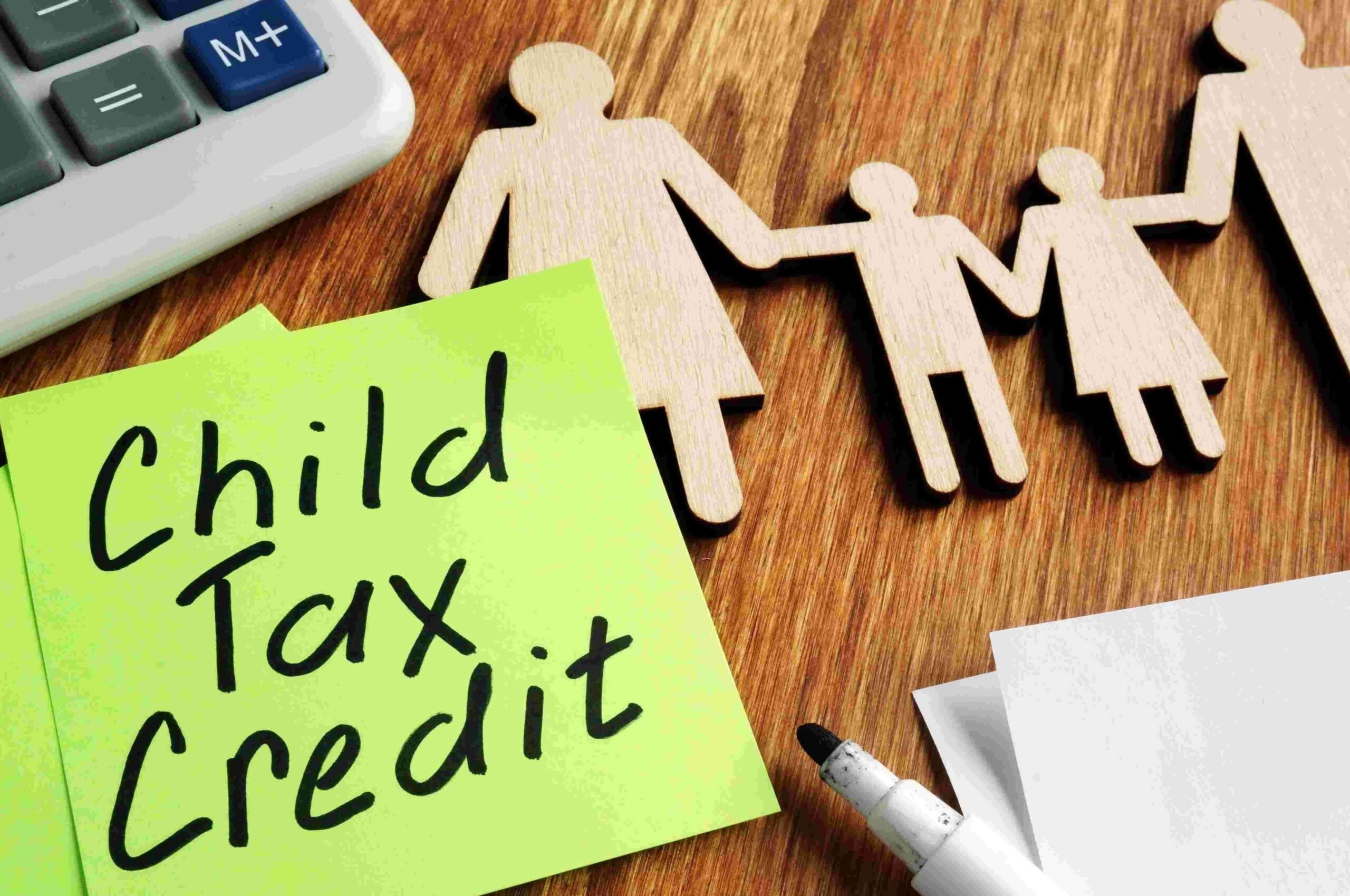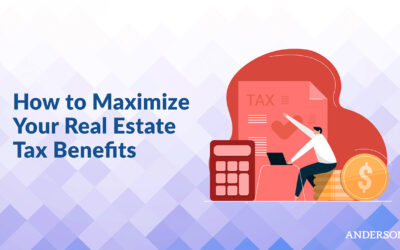The Child Tax Credit is a fully refundable tax credit that American taxpayers with children can enjoy in the 2021 tax year (and likely beyond).
How Much is the Child Tax Credit for 2021
- $3,600 annually for each child under 6 ($300 monthly)
- $3,000 annually for children 6-17 ($250 monthly)
An Intro to Tax Credits
Before diving into the child tax credit, it would be helpful to discuss tax credits in general.
A tax credit is a way the IRS incentivizes certain behaviors, such as charitable giving or increasing the energy efficiency of your home. In other cases, a tax credit is a way to help a struggling household meet their financial obligations, such as the standard deduction. In other cases, it can help a self employed individual face a more equitable tax bill that takes their operating expenses into consideration.
In this case, the child tax credit is both a relief and an incentivize—it helps alleviate the extra cost of raising children, and (if it sticks around) it also might motivate younger couples to have more children or even their first child.
What is the Child Tax Credit?
In 2020, the child tax credit was a partially refundable income tax credit of $2,000 per qualifying child under the age of 17, and up to $1,400 of that was refundable. Prior to the Tax Cuts and Jobs Act, the child tax credit was purely nonrefundable. If parents of a dependent child still wanted to claim a refundable child credit, they would need to take it through what was called the Additional Child Tax Credit (which, to make a long story short, was really just a refundable portion of the nonrefundable child tax credit after all).
Tax credits become refundable when a taxpayer has no tax obligation, either because their income is too low or because deductions and tax credits reduce their tax burden to $0 or less. This is in contradistinction to a nonrefundable tax credit, which can only lower your tax liability (that is, the amount of taxes you owe) but cannot become a tax refund should eligible taxpayers find that their tax return shows that they owe no taxes.
The Look Back Rule
A special rule in 2020 called the Look Back Rule allowed a taxpayer to use their 2019 adjusted gross income for determining whether or not they could claim the child tax credit. This was instituted because of the fallout from the Covid-19 pandemic. The ensuing lockdowns caused many people to earn less in 2020, which could impact their eligibility for certain refundable tax credits.
For example, low income families with a breadwinner receiving unemployment and not be making enough earned income (through employment or self employment), and would not be eligible for tax breaks like the earned income tax credit or the child tax credit. So, in 2020 the tax code was updated to allow these Americans to claim income for that year or the prior year in terms of claiming a child credit.
How Does the Child Tax Credit Work?
Taxpayers with qualifying children under the age of six will enjoy a $3,600 tax credit per child. Taxpayers with qualifying children between six and 17 will enjoy a $3,000 tax credit per child.
If your household modified adjusted gross income (MAGI) is more than $150,000 for joint filers, $112,500 for head of household filers, and $75,000 for other filers (such as single filers), then your child tax credit will be reduced by $50 for every thousand dollars of income above the MAGI threshold.
In 2021 the child tax credit has the added benefit of being issued in advance with payments that started in July of 2021. A child tax credit payment is being issued to every eligible family with an eligible child or children via a direct deposit into their bank account. If you don’t have a bank account (or the IRS does not have your banking information), then they will mail a check to the address they have on file every time they need to issue advance monthly payments.
How to Qualify for the Child Tax Credit
The first requirement for any tax credit is that the person filing must be a qualifying taxpayer. These individuals need to be able to provide a Social Security number for the dependent they are claiming a child tax credit for, whether that dependent is a child, adopted child, stepchild, grandchild, niece, nephew, or even sibling. The taxpayer claiming the credit must provide at least half of the minor’s financial support during the tax year, and no one can claim the dependent for the tax year in question.
If parents split custody of a child, they will need to reach an agreement as to who can claim the child tax credit each year. This usually goes to the parent who has the most physical time with the child, though some divorce decrees may specify some sort of alternate year schedule.
As for the qualifying child or qualifying dependent, they must live with the taxpayer claiming the credit for at least half the year. They must be citizens, residents, or resident aliens, and they cannot derive more than half their income from a source indicative of self sufficiency. If a qualifying dependent is not a minor, the taxpayer can claim a credit of up to $500.
The Child Tax Credit is just one of many tax credits available to American taxpayers. Schedule a free consultation with an Anderson Advisor’s tax planner to make sure you’re taking advantage of as many as possible.
When Does the Child Tax Credit Start?
The American Rescue Plan, signed into law in 2021, initiated advanced payments of the child tax credit for some taxpayers as early as July 2021. The IRS has also set up a portal to allow taxpayers to update relevant information, such as adding a new dependent.
Any unclaimed balance not covered by the advance payment made every month can be collected once taxes are filed.
When Will I Get My Child Tax Credit?
The advance CTC payments are supposed to be dropped into your bank account via direct deposit on the 15th of every month. As mentioned, the Child Tax Credit is now a partially refundable credit, and the amount to be refunded to eligible taxpayers has been upped from $1,400 to $2,500 or $3,000 per child, depending on child age. This credit will not be issued as one lump sum, but rather as an advance payment every month, adding up at the end of the year to one sizable refundable tax credit.
Nonrefundable tax credits are ones that you will never see, other than the dollar amount they subtract from your tax burden. Refundable tax credits are, in most cases, deposited right into your checking account by the IRS several weeks to several months after you have filed taxes (this is especially true if you file your taxes electronically and provide ACH information). However, as mentioned, the Child Tax Credit for 2021 will be issued in advance payments of $250 per month per qualifying child between six and 17, and $300 per month for children under six. If you are not getting the full amount you believe you are entitled to, you will need to log into the IRS portal and update your household information.
The remainder of the balance owed to you will be paid after your taxes are filed in 2022. If you have been receiving overpayments, that will be rectified then as well. This is similar to how a self-employed individual would pay their estimated taxes over the course of the tax year, and then reconcile them with the amount due at the end of the year, whether that resulted in an underpayment or an overpayment. However, low income taxpayers are subject to a safe harbor provision that precludes the necessity of making reconciliatory repayments.
Are Child Tax Credit Payments Taxable?
Your advance child tax credit payments are not taxable income. In fact, they are really a refundable tax credit that you would normally get after filing your taxes. Due (in part) to the financial strain caused by Covid-19 and its related shutdowns, quarantines, and layoffs, the IRS decided to issue these payments up front. They are not taxable income and do not need to be reported as such. It is similar to the economic impact payment or stimulus payment that many Americans received in 2020
Is the Child Tax Credit the Same as the Child Care Tax Credit?
No, it is not. The Child Care Tax Credit is an additional credit you can take advantage of if you have dependents that require childcare while you work or look for work. As it turns out, you can take advantage of both credits for each applicable child or dependent.
The dependent care tax credit is similar to the child tax credit in that it is meant to defray the cost of child care. But unlike the dependent care tax credit, the child tax credit offers a lot more flexibility in terms of qualification, since it’s really just a general tax credit meant to alleviate the financial burden of raising children, and not to assist in workforce participation.
The Child Tax Credit Helps American Families
The Child Tax Credit is a great way for families with dependents to collect a little extra money every month, which can greatly help defray the expenses associated with raising children. Whether the child tax credit sticks around, especially in regards to its iteration as advanced payments, waits to be seen. But for now, it’s one tax credit with no strings attached that most American taxpayers will be able to enjoy in 2021.
Speaking of tax credits, there are plenty of others you may not be aware of, which can not only reduce your tax burden, but may even put some extra money in your pocket. You can learn more about tax credits and tax strategies at our weekly Tax Tuesday Webinar. See you there!
Free Strategy Session with an Anderson Advisor
Receive a detailed risk assessment to assist in lowering problem areas that could wipe out all of your assets with one wrong move. Speak with an Anderson Professional Advisor to get your FREE Strategy Session. Limited-Time offer: FREE (a $750 value.)















